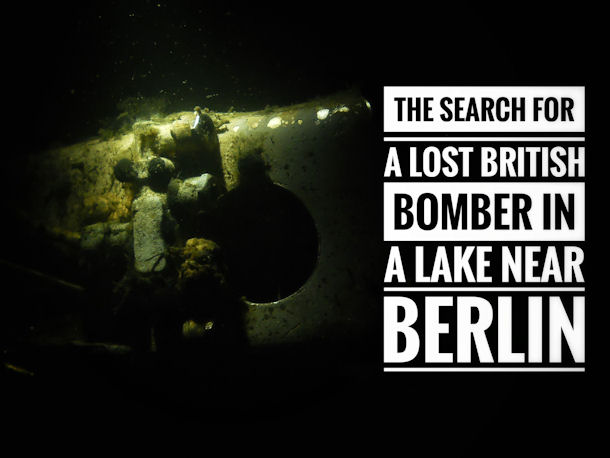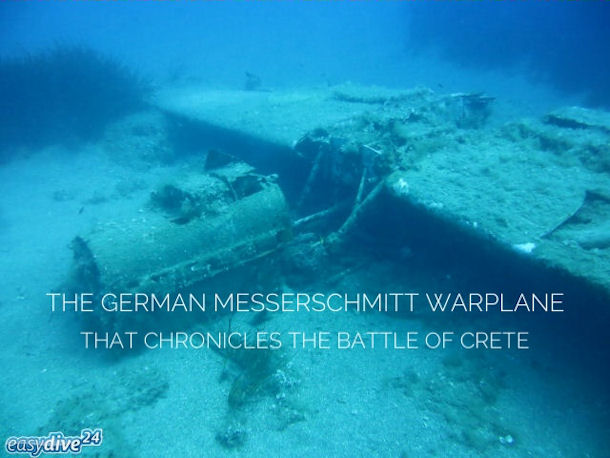by Roger Blum
The Airplane Wrecks of Renaissance Island
It is possible to find A Convair CV 240 lying some 300 meters off the shores of Aruba’s Renaissance Island at a depth of only 12 meters. This aircraft was the first twin-engine airliner built by the American manufacturer Consolidated Vultee Aircraft Corporation to have a pressurized cabin. It was produced from 1947 to 1958 and remained in use for short-haul operations with major airlines until the mid-Sixties. The aircraft was still being used in Asia, Africa and Central and South America up until the year 2000.
|
|
This particular machine is said to have been confiscated at the end of the 1980s during a drug raid. As the local authorities couldn’t find a use for the plane, they decided to sink it, making the waters that surround Renaissance Island the final resting place of the infamous CV 240.
|
|
The wreckage is already visibly damaged. In 1999, Hurricane Lenny broke the plane in two. The cockpit and some parts of the hull are still in good condition. The propellers, the fin and the landing gear are still in the immediate vicinity. The door of the aircraft is also clearly visible.
|
|
Just a few breaststrokes away from the Convair wreck lies the remains of a former YS-11 passenger aircraft, one of three models employed by Air Aruba for scheduled flights in 1988. In its prime, the aircraft measured, 26.3 meters in length, with a wingspan of 33 meters. The YS-11 was built by the Nihon Aircraft Manufacturing Company and was probably the only successful Japanese passenger aircraft. In 1974, after ten years of building the machine, production came to a halt.
|
|
Following the bankruptcy of Air Aruba in October 2000, the YS-11 found a new purpose as an artificial reef. The airplane was sunk off Renaissance Island in 2004, where it now sits upright on the shallow, sloping reef. The cockpit is 14 meters under the water’s surface and the stern lies at a depth of 25 meters. As the visibility underwater is very good here, the entire wreck can be seen from a distance.
|
|
As I took a closer look at the wreckage, I saw a turtle swim over the hull of the machine before it disappeared into the blue of the sea. Suddenly a huge barracuda appeared above the plane’s wings, almost as if he wanted to show whom the “master of the house” was. I dived past the right wing of the aircraft to its tail, circling the rudder where I discovered that both the rear and front exits were open. I looked inside the machine. The cabin space had been completely cleared out. Swimming through the back entrance, I explored the plane’s interior further.
|
|
It was a strange sensation to look through the windows from inside the aircraft and see nothing but the endless blue of the Caribbean Sea. Every now and then a surgeonfish would look in from outside. Surprisingly, there were hardly any fish inside the plane. I traversed the cabin to reach the cockpit. There you can still see the aviators’ seats, the pilot sticks and the airplane dashboard. Swimming through the exit to the left of the cabin, I left the machine.
|
|
As the dive site is located in the immediate vicinity of Oranjestad airport, large passenger planes often fly over the heads of divers as aircraft touch down and take off from the island’s deep landing runway. Thanks to drug raids and obsolete technology, many divers will continue to be drawn to the site, looking both above and below to marvel at the wonders of Renaissance Island’s aircraft.
|
|

The Search for a Lost British Bomber in a Lake near Berlin
At the beginning of World War II, Commander-in-Chief of the German Luftwaffe Hermann Göring declared during a radio address: "No enemy bomber can reach the Ruhr. If one reaches the Ruhr, my name is not Göring. You may call me Meyer.” However, only a few years later, Adolf Hitler’s trusted advisor and war-chief was forced to make good on his promise. In 1940, Göring apparently introduced himself as Herr Meyer on arrival at a Berlin air-raid shelter while taking refuge from one of the many Allied bomber units that had started to decimate Germany’s cities.
[read more]
|
|
|

An Aegean Wreck: The German Warplane that Chronicles the Battle of Crete
About 800m off the coast of the small village of Anissaras near Hersonissos (Chersónissos) on the Greek island of Crete lies one of the most famous dive sites in the Mediterranean Sea. At the bottom of the Aegean Sea, at a depth of 24m, lays the well-preserved wreckage of a German World War II Messerschmitt Bf 109 fighter. The question is, was the German airplane shot down during "Operation Mercury" in May 1941?
[read more]
|
|
|
|


